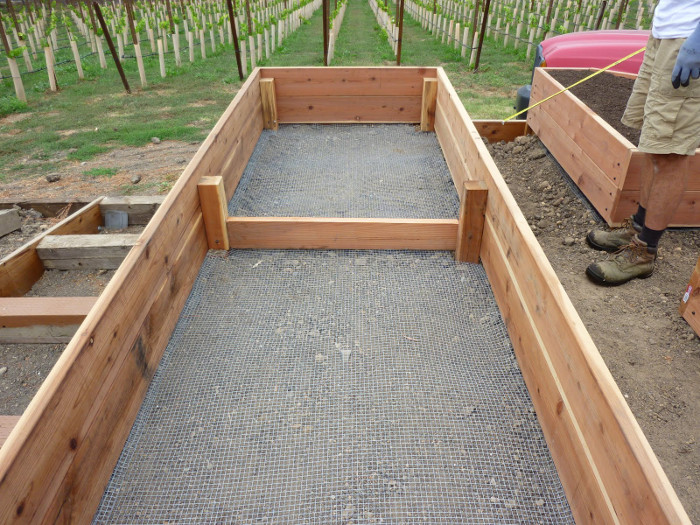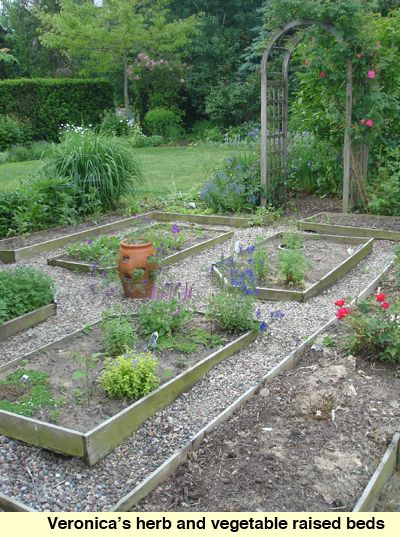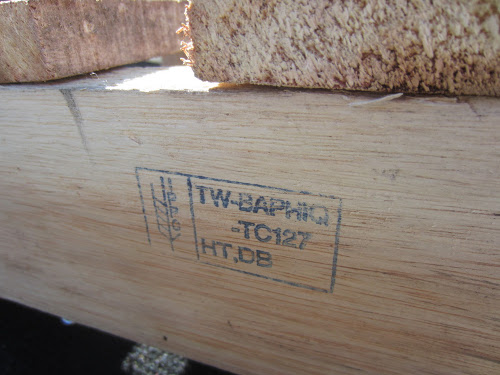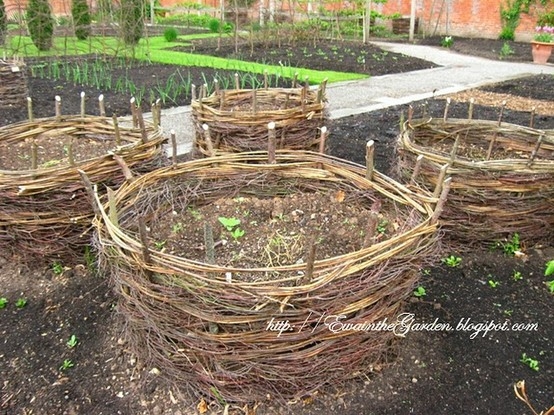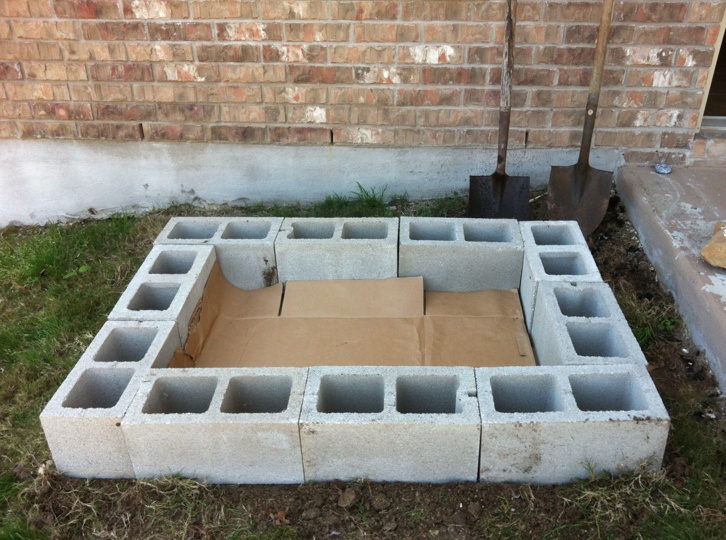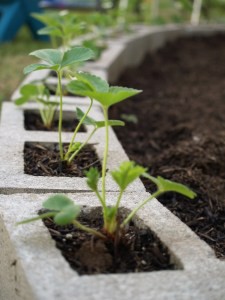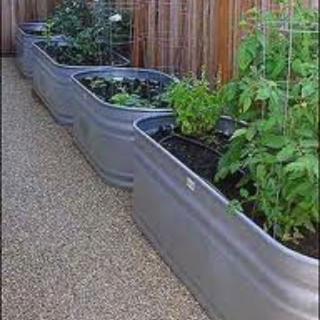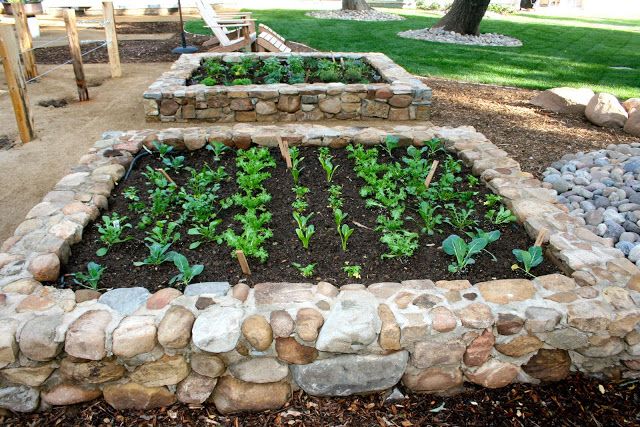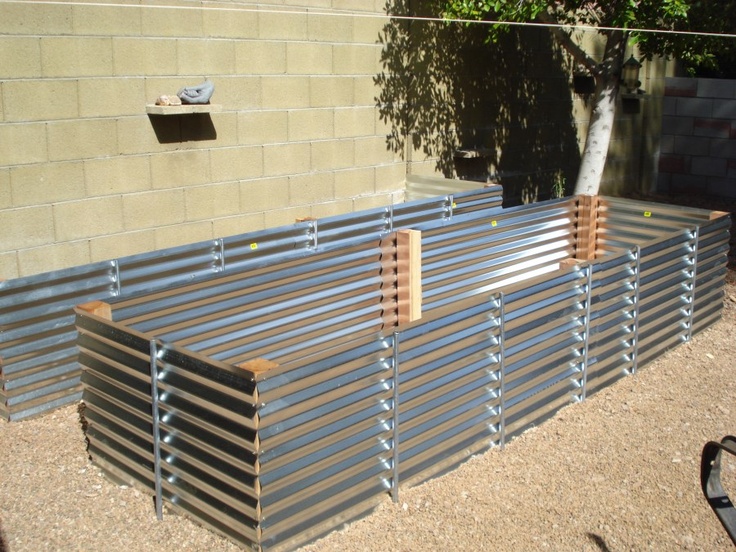I put in raised beds because I have a well-documented vole problem. When we installed them, I considered them a permanent addition to the yard, so I thought long and hard about what I wanted.

In the end, I put in 24-inch beds made of redwood and filled them with soil from the local landfill at $16 a cubit square foot. It cost quite a bit, but since I grew $1,300 worth of vegetables last year, I figure the raised beds have paid for themselves already. The rest, from now on, is gravy.
THE ADVANTAGES OF RAISED BEDS:
PEST CONTROL.
Raised beds keep voles, gophers, moles, and other pests out of your vegetables. To make sure this is the case, you need to lay gopher wire on the bottom of your raised bed and thoroughly staple it in. This will keep these destructive critters out and let your plants grow unmolested. Here’s an example of what I’m talking about:
As you can see, this bed is using gopher/galvanized wire, not chicken wire. Never use chicken wire to keep out pests–they go right through it.
FEWER SOIL PROBLEMS.
If you have clay soils, sand soils, or concrete, it doesn’t matter as much because your raised bed has good soil. If your plants start in good soil, they will be healthier and produce more overall.
INCREASED SOIL AERATION.
You don’t walk on raised beds, so the soil remains fluffy and it’s easier for roots to go through them. The plants waste less energy on trying to push out roots and are free to produce awesome fruits and vegetables for you.
MORE EFFICIENT SPACE USAGE.
Since plants are packed together, you can harvest everything quicker. In addition, you waste less water since you won’t be watering any space that’s not directly affecting the plants.
DECORATIVE/EASY TO WORK WITH.
You don’t have to bend over to plant, you can harvest easily, and raised beds look pretty and organized.
COMMON PROBLEMS WITH RAISED BEDS:
THEY AREN’T DEEP ENOUGH
The raised beds above are not going to accomplish much other than to mark off where the plants are supposed to go. A 6″-12″ raised bed will work fine for lettuce, but if you want to grow tomatoes, zucchini, melons, cucumbers, or any other big vegetable plant, you’ll want to go deeper than that. A big plant needs a lot of space under ground as well as above ground. Think 18 or 24 inches to start.
THE BEDS ARE MADE OF TOXIC MATERIALS
Pressure-treated wood is wood that has been infused with a liquid preservative to keep it from breaking down in wet soil. They commonly include poisons like chromated copper arsenate or alkaline copper quat. You don’t want these chemicals in the soil where your vegetables are growing. Everything you put in that soil gets in your plants (and your body) one way or another.
Scoring is a sign of pressure treated wood.
Some pressure treated wood is marked as well.
THE BEDS WILL ROT
Which brings me to my next point: I see a lot of posts about building raised beds out of pallets or reclaimed wood. It’s true that this is a cheaper option. However, within a few years these raised beds will rot and you’ll have to build them all over again. In the end, this is wasted effort. If you’re going to go to the trouble of installing raised beds, pick something that will last.
RAISED BEDS THAT WILL LAST:

NATURALLY RESISTANT WOOD:
Redwood, cypress and cedar are more termite resistant and will rot at a slower rate than other wood. Unfortunately, these woods can be expensive, which is something to consider if building beds from scratch. Here’s a list of naturally resistant wood.
CEMENT BLOCKS. You can get these blocks for free if you look around, and they seem like they would make good raised beds. They can be as deep as you want and they won’t decompose.
As a bonus, you can grow strawberries or other small plants in the holes.
TUBS.
I’ve seen raised beds out of everything from a wine barrel to a bathtub. Just make sure there is adequate drainage in the bottom so that the water doesn’t collect and destroy your plants.
OTHER MATERIAL.
There are a host of other metal or plastic materials that might work for a raised bed. Check out this raised bed made of metal roofing material.
Looks great!
What are your raised beds made out of?

